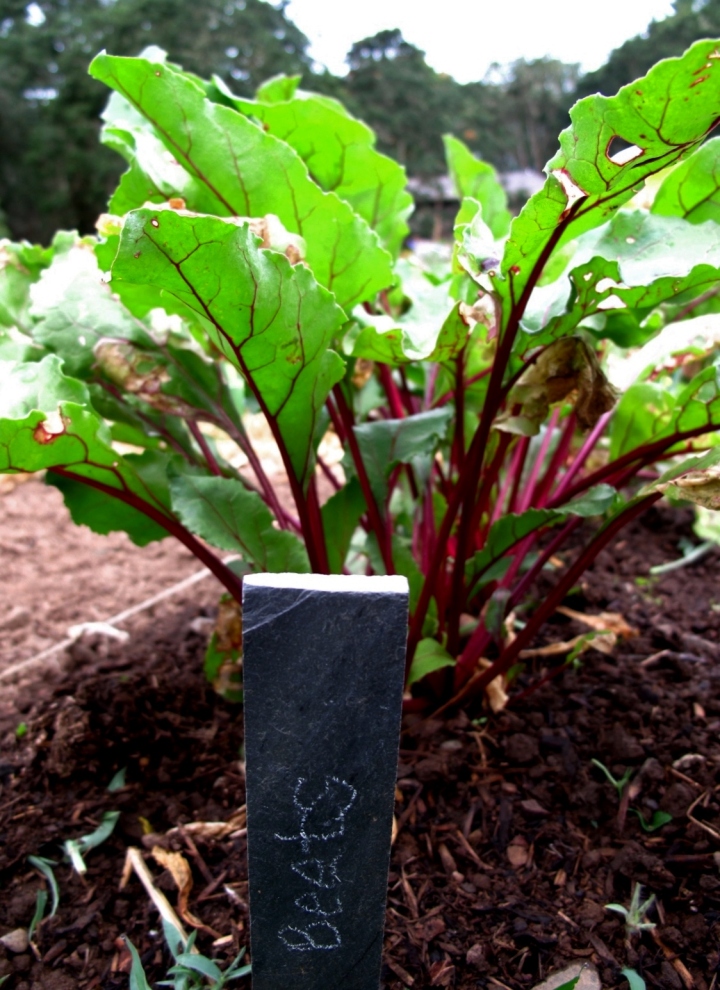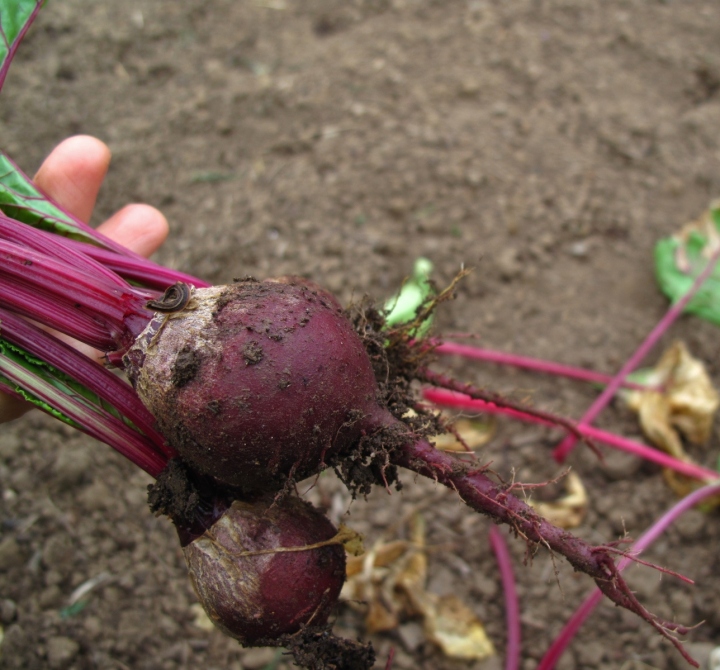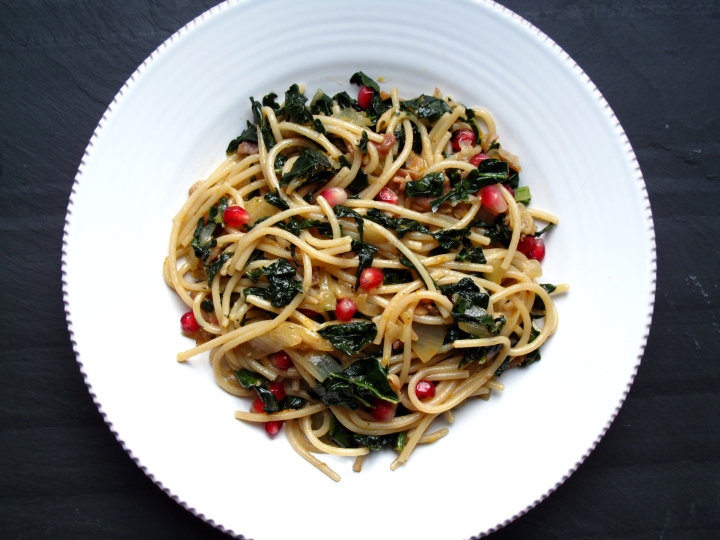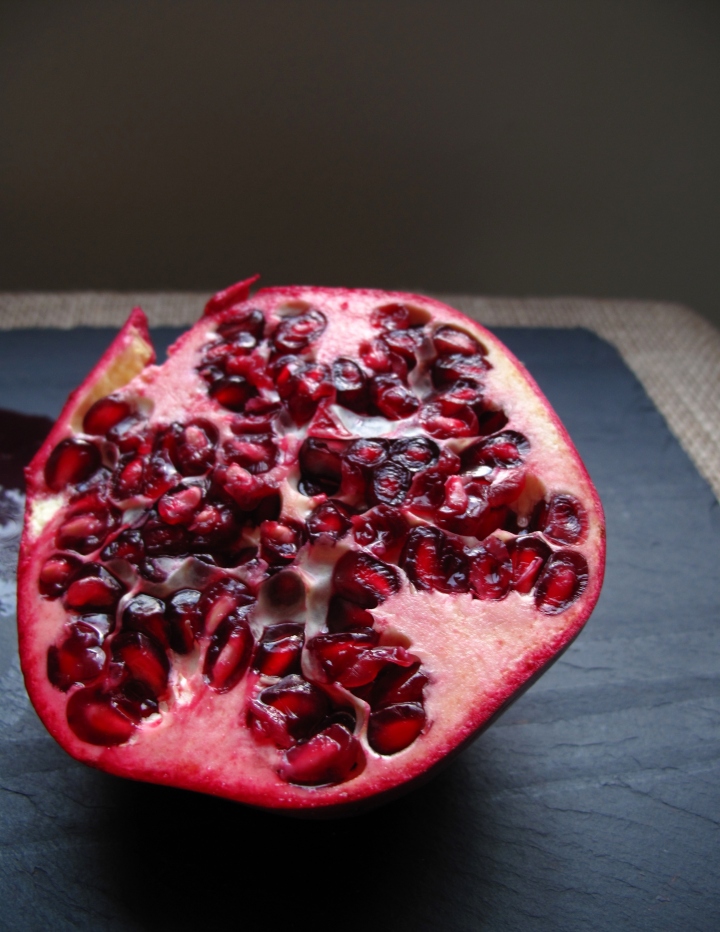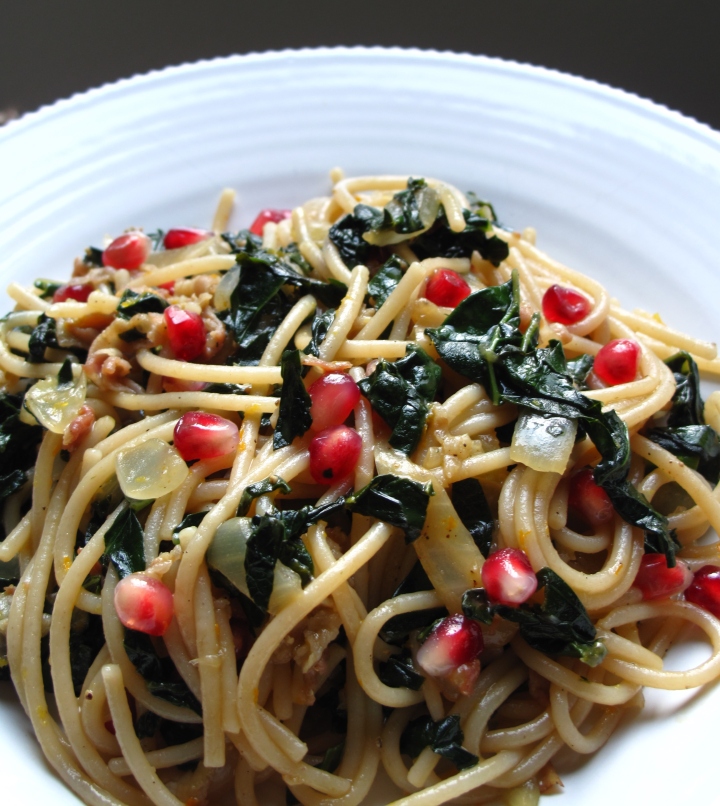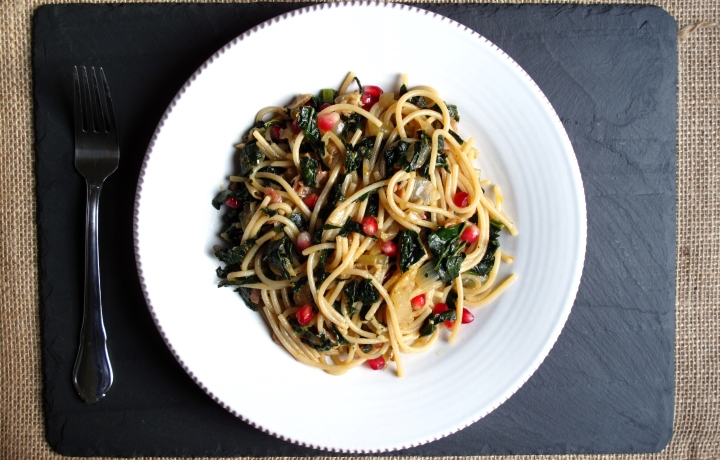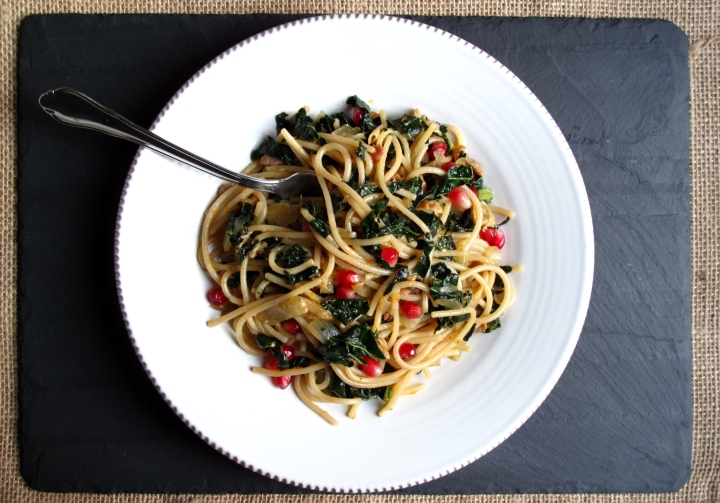I have a spirit vegetable; one for each season.
In the late summer, it is the blackest purple eggplant, with streaks of white for good measure, like the Prosperosa. Into late autumn and winter, I fall for winter squash, and I sway between the dramatic orange Red Kuri in those early months of the season, and the thin-skinned Delicata as the new year and deep winter approaches. As the soil warms in the early spring and makes for dramatic growth day by day, the sweet, tart, crimson rhubarb calls my name.
And in the heart of summer, when all the likely candidates wave their yellow-flowered flags before popping fruit upon fruit endlessly, I turn to the other side of the garden and pull the earthy beets from the ground, their soil-covered skins disguising the dramatic color within.
I’ve mentioned this before, but I tend to identify with the harder-to-know vegetables, the ones that sometimes fall victim to knowing only one dish in most kitchens, or worse yet, never appearing. Like me, these vegetables might take a bit more work to understand, as what you see is certainly not what you get; they’re not the kind to be plucked from the vine and gobbled down there in the garden, warm and juicy from the sun.
I don’t revel in the hard-to-approach bits of my personality, nor do I love how I can remain so completely reserved to even my nearest and dearest friends. I don’t love how my first response to the teasing I get, for fun, is one of irritation and sharp-eyed fight-backing, before I slide my sassafras tongue back in, let out a smile, and just go with it.
I bet my spirit vegetables–with their thorny stems, prickly, then poisonous leaves, and dirty bottoms–feel the same way.
Have you ever pulled a stalk of rhubarb from the ground, knocked that highly oxalated leaf off the stem, and sunk your teeth into the celery-like tartness, pure and raw and unadorned from sugar and strawberries? It is pungent; startling even. Have you ever greedily gobbled plain sweet roasted beets straight from their foil oven-packet before realizing you now don’t have enough for the recipe? Or done the exact same with a winter squash, thinking to yourself, this is the most magical candy on all the earth, as you’ve done so?
I don’t often share about my job, but one of my favorite things about it is wandering the garden with my high school students, giddily discovering a new vegetable is ready for harvest, like the spring’s first asparagus, cutting the new shoots from the ground, shoving stalks at them, and saying, try it. And there, with dirt on their hands, mud on their shoes, and weary eyes, they do and they discover a flavor they’ve never experienced before. It is one that you cannot get from a grocery store because it’s only there in that plant a short while before shipping and sitting on a shelf and waiting to be cooked in a fridge drains those flavors away. The students’ initial reluctance for something so green and unlike the usual packaged meals paves way for simple responses like, I’ve never tried asparagus before. I like it! Followed by their sitting in the log circle gnawing down an entire unruly, late-harvested, two-foot stalk.
Since it is summer, I spend a good majority of my days outside in one garden or another, whether at work with students, or in my home garden. I tend to eat even more vegetables than usual to keep up with the harvest, and I end most days tired, hot, and ready for a shower the moment I walk in the door. I’ve taken, too, to eating random vegetable-y things at most meals, even rounding out the usual morning porridge with a spontaneous need for beet hummus “spooned” upon whole cucumbers. I harvested six last night and there are at least 10 more coming in the next couple of days–and when cucumbers are as snappy, crisp, and fresh as these ones, they are perfect vegetable dippers for beet hummus.
Though beets can be harvested nearly year-round in these parts, beet hummus is what I love to make in this season to convert the earthy-crimson-root-weary to my summer spirit vegetable. Try it. You’ll like it.
Beet Hummus, adapted from Ard Bia Cook Book
Makes about 1 cup or so. Double the recipe if you’re likely to gobble it up in one sitting.
4-5 beets (about half a pound)
1 garlic clove, peeled
1 1/2 tsp. ground cumin
1 1/2 tsp. pomegranate molasses
1 Tbs. tahini
2 Tbs. fresh lemon juice
1/2 tsp. sea salt
freshly ground black pepper
- Scrub the beets and remove their tops and bottoms. Pile them into a large sheet of foil and fold until completely covered. Roast in a preheated oven at 400 degrees F until soft all the way through, about 40-50 minutes. Remove from the oven and let cool slightly. If they’re free from chemicals and grown in healthy soil, I don’t bother removing the peels.
- In a food processor, puree the beets and remaining ingredients until they become a smooth paste. Add more lemon juice, salt, or pepper to taste.
- Serve every which way atop the season’s fresh vegetables, or simply eat it straight from the spoon.


